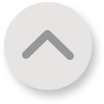So how do you read the markings and what do they mean?
If you have shopped for wheels before, you probably have seen numbers like this:
4×100 17×6 ET30
And this is not the only way to write them. In Japan, these numbers are flipped and are written as
100-4h 6jx17+30
These marking above are used interchangeably based on where are the wheels are manufactured at. Based on the marking above, this wheel has four holes, 100 PCD, 17-inch in size, , 6 inches wide with am offset of 30.
So let’s, break the number down to pieces and see what they really mean.
Number of holes

(image from redline360)
As the name suggests, this is the number of holes the wheels have at the middle. This is perhaps the easiest thing to verify in a wheel as you do not require any equipment to do so. So based on the image above, you can tell the wheel has five holes/lugs.
PCD (Pitch Circle Diameter)
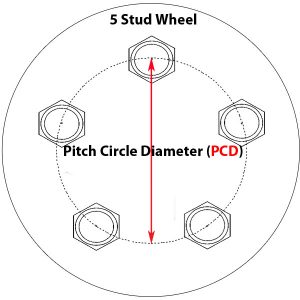
(image from pakwheels)
Is the diameter of the circle formed by the holes on your wheels in millimeters. They are usually written in the hundred or near the hundred beside the number of holes such as: 4×100, 4×120. In Japan, this number is followed by the number of holes (100-4h, 120-4h).
You can find the PCD value that fits your car quite easily by Googling “Wheel Size for [car model + year]”.
Regardless of the customizations, you will always need to know the PCD and number of holes on the wheels. These are literally the screws and nut of the wheel. NEVER purchase a wheel before knowing if the PCD and holes of the wheels fit your car. You will be surprised by the sheer number of people who did this.
Flange Shape
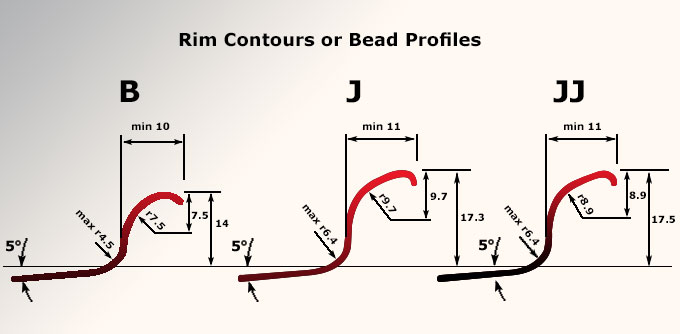
(image from tyresizecalculator.com)
The bead profile or the flange shape of the wheel is marked by using alphabets such as J, JJ, K, JK, B, P, and D. Japanese wheels usually have the flange shape marked using the alphabet “J”.
Wheels width
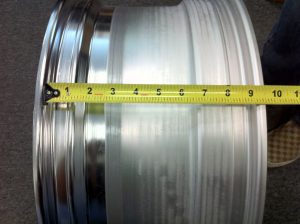
The wheels width is usually written beside the flange shape marking – e.g: 7j, 7.5j, 8.0j. The width of the wheel is basically the area shown on the photo above and it is measured in inches. In other words, the bigger the number, the “thicker” your wheels are.
Offset
Is probably the hardest thing to explain without showing an image, so here you go.
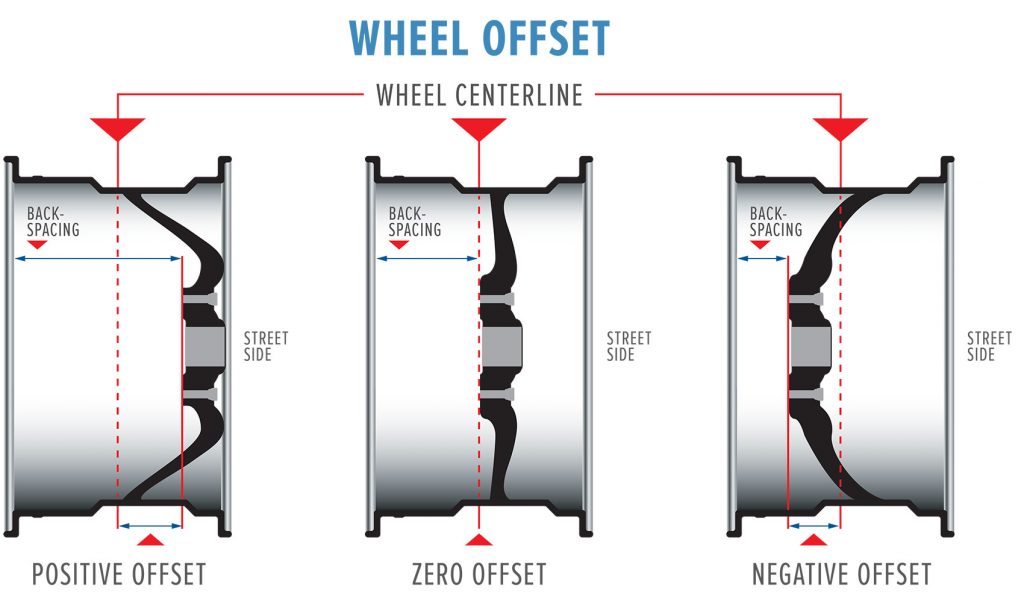 (image from lesschwab.com)
(image from lesschwab.com)
A positive offset will make the wheel go deeper while a negative offset will cause the rim to go further out. You can tell why this is the case by looking at the image above. There two ways offset are written in, either by using the word ET7 or simply +7 (for positive offset) / -7 (for negative offset).
So now I know all the numbers, how do I know which of these wheels will fit my car?
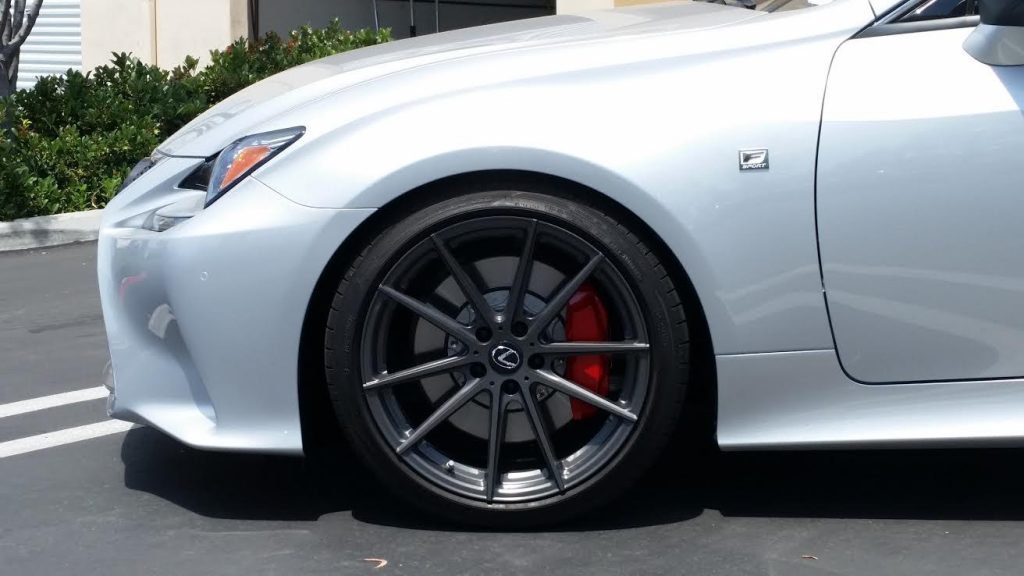
(image from clublexus)
Official Recommended fitment
Here’s the thing, manufacturer for your car probably has a fitment guide for your car. They are known as the original fitment of the vehicle. These fitments can usually be found easily at a site such as Wheel-Size.com.
Custom Fitment
However, things get complicated when you start customizing your car. Changing the brake, suspension, tires size, and fenders will require you to re-measure the wheel specification required. As these customizations will literally push your wheel out of the way.
But if you only wish to go big in term of wheel size, over and beyond the stock wheel size, there is actually a wheel fitment handbook available for most JDM cars. The bad news is, is really hard to get your hand on these handbooks as they are usually only used by mechanics or wheel manufacturer.
Get your next wheels directly from Japan via Croooober.com



